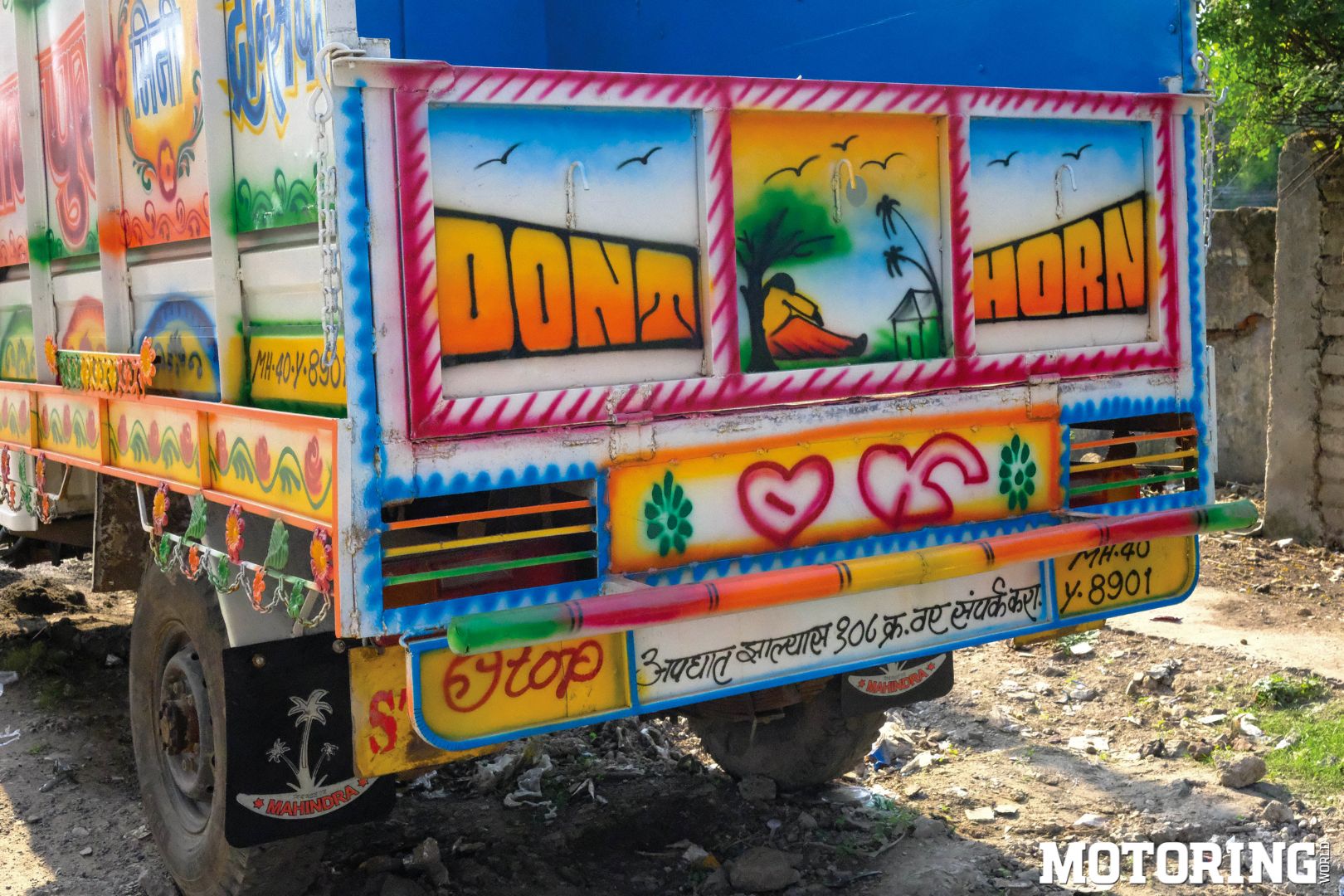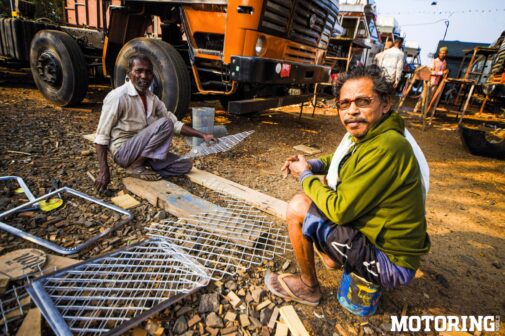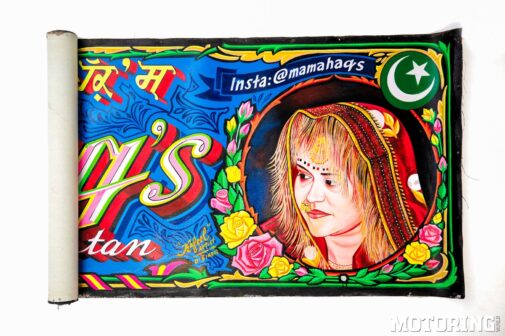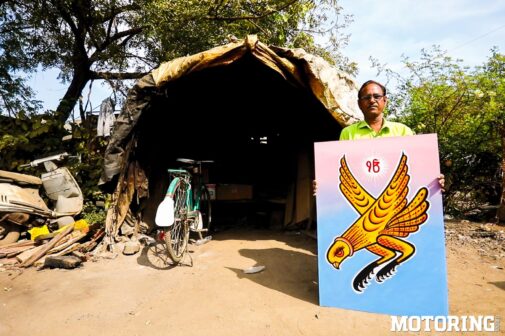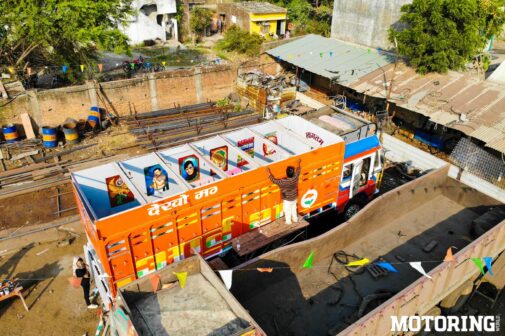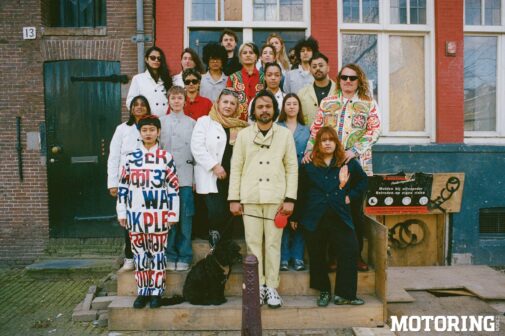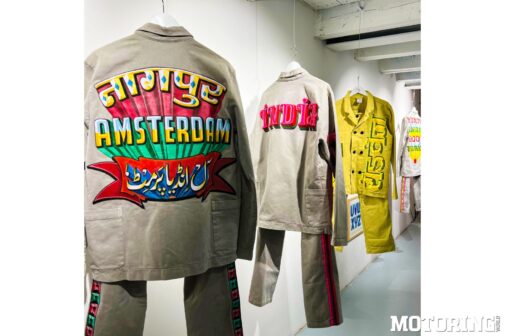Remember those vibrant, handpainted trucks that used to rule the Indian highways? A kaleidoscope of colours and intricate designs, they were impossible to miss. As a kid, I’d be mesmerised, just like Madhur Jaffrey in her 90s cooking show. Perched atop a truck on the Grand Trunk Road, she took a moment to appreciate the artwork that transformed these vehicles into mobile masterpieces. Today, social media foodies like the truck driver who cooks meals in his truck continue to showcase the captivating lives of long-haul truckers and their adventures on the open road.
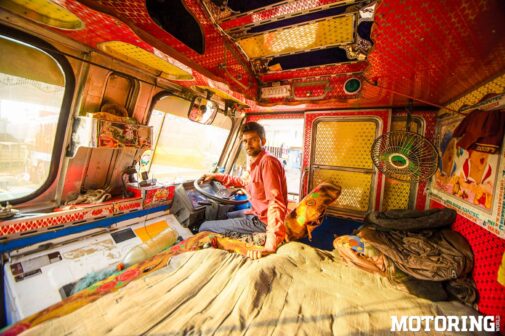
Their trucks are their homes, and like our own living spaces, they reflect the drivers personalities. As an automotive journalist, I spend a significant amount of time crisscrossing the country’s highways and often see these trucks adorned with personalised touches that range from the universally understood ‘Horn OK
Please’ to more artistic flourishes. However, over the past few years, a shift has taken place. Fewer trucks boast the same level of artistic flair that once dominated the roads. Perhaps stricter regulations or the rise of factory-built models have contributed to this decline.
But fear not, truck art enthusiasts! The spirit of this vibrant tradition persists. Those rare gems that still grace the highways often showcase intricate hand-painted scenes: deities worshipped by the drivers, Bollywood stars immortalised on metal, or simply details about the truck itself. These rolling canvases serve as a testament to a unique art form and a window into the lives of the men and women who call the open road their home. We dive into the world of Indian Truck Art, where we’ll explore its rich history, the stories behind the artwork, and the future of this captivating tradition.
Hand-painted truck art has long been a cherished tradition, passed down through generations of talented artists who breathe life into the country’s highways with their vibrant creations. These artists are commissioned by truck owners to transform their vehicles into moving works of art, adorned with kaleidoscopic symbols, ornamental designs, and three-dimensional typography. These intricate and colourful decorations are not mere embellishments but are deeply personal expressions for the truckers. They use their trucks as canvases to convey messages of love, pay homage to their deities, display pride in national symbols, show fandom for movie stars, and keep memories of home alive while they spend the majority of their lives on the road.
Unfortunately, this rich cultural heritage is under threat. The rise of cheap DIY stickers and prepainted trucks has led to a decline in demand for traditional handpainted designs. This shift not only undermines the artistry involved but also threatens the livelihoods of the skilled artisans who have dedicated their lives to this unique form of expression. Recognising the urgent need to preserve this fading art form, Farid Bawa, an Amsterdam-based designer with deep family ties to the trucking and logistics industry, decided to take action.
Farid Bawa’s connection to the world of truck art is both personal and profound. His grandfather Speaking with Farid, he highlighted how truck art styles vary significantly from region to region across India, each area boasting its distinctive motifs and colour palettes. The fonts and typography used in these artworks are also unique, blending traditional calligraphy with bold, eye-catching designs. Farid shared that through his interactions with the truck artists, he learned they are rarely satisfied with their final product, often wishing for more time to perfect their work — a sentiment that resonates with me as a writer. These artists typically have a limited timeframe of three to four days to complete a truck, and within ran a transport business in India, providing Farid with first-hand exposure to the beauty and cultural significance of these moving masterpieces.
Driven by a desire to honour his family’s legacy and support the community of truck artists, Farid founded All India Permit. This initiative is dedicated to reviving, preserving, and promoting the traditional truck art of India. Through All India Permit, Farid aims to immortalize these artworks, ensuring that future generations can continue to appreciate and be inspired by this vibrant aspect of
Indian culture. All India Permit is more than just a preservation effort; it is a celebration of the rich artistic heritage that defines Indian truck art.
By commissioning new works, organizing exhibitions, and raising awareness
about the importance of this tradition, Farid Bawa and his team are giving truck artists a platform to showcase their talents to a global audience. Their work not only helps sustain the livelihoods of these artists but also brings the joy and colour of Indian truck art to people around the world, ensuring that this unique cultural expression continues to thrive in the modern era the constraints of allocated budgets, they strive to infuse as much detail and finesse as possible into
their creations.
The artists’ dedication brings a unique flair to the trucks, imbuing them with personality and making them stand out on the roads. This artistry not only enhances the trucks’ aesthetics but also fosters a sense of belonging for the drivers, who spend most of their lives behind the wheel. For many drivers, their
truck is a home on wheels, adorned with artwork that reflects their identities and beliefs. The cabin interiors often feature portraits of gods or religious figures, serving as symbols of protection and peace of mind. Knowing that a divine presence is watching over them provides comfort and reassurance as they navigate the highways, adding a spiritual dimension to their long and often solitary journeys.
Farid shared with me his deep concern about the future of truck art in India, drawing parallels to countries like Qatar in the Middle East. Once vibrant with decorated trucks, Qatar has seen this tradition fade away due to stringent
legislation. Within a decade, the once-common sight of art-adorned trucks has virtually disappeared. Farid fears that India might follow a similar path, leading to the disappearance of this unique and culturally rich art form from our roads.
To counter this potential loss, Farid has been tirelessly documenting and preserving truck art through various mediums. Although the canvas might no
longer be trucks, he is determined to keep the spirit of this art alive by showcasing it in galleries worldwide and integrating it into other industries such as fashion. By doing so, he hopes to ensure that the legacy of Indian truck art transcends its traditional boundaries and continues to thrive in new forms.
So, the next time you see a truck adorned with colourful artwork, take a moment to snap a picture. In a few years, such vibrant displays might become a rarity. This art form is an integral part of our visual automotive culture and must be cherished. Let’s ‘Awaz Do’ or ‘Sound Horn’ across India about the importance of
preserving truck art, hoping it lives on in some form or another, reminding us of our rich cultural heritage.





